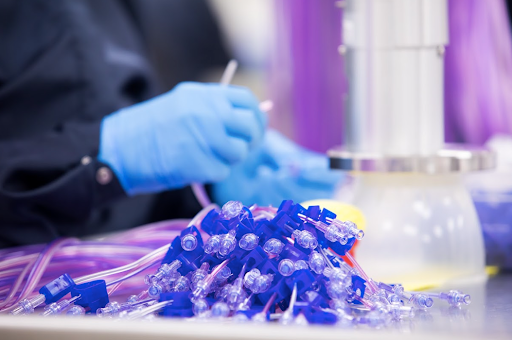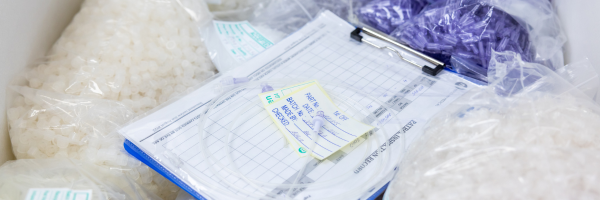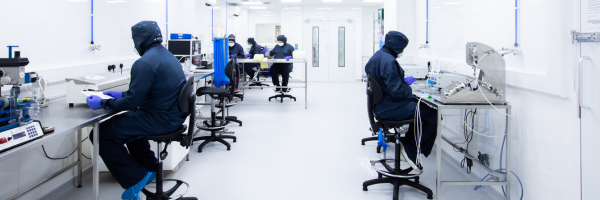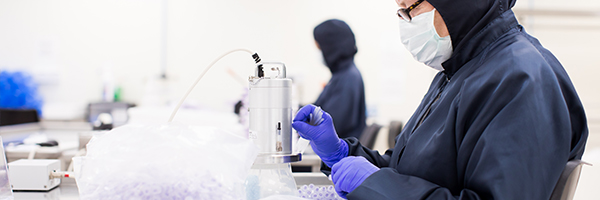
Outsourcing product assembly is an increasingly popular strategy for medical device manufacturers that want to focus more on innovation and reduce manufacturing costs. The right contract partner will ensure that transferring product assembly is straightforward.
Selecting a contract manufacturer of medical devices is a very important process. The right partner will be just that, a partner. They will deliver operational and cost efficiencies and have the capability to quickly identify and resolve product issues, meet stringent quality and regulatory controls, manage an integrated supply chain system and deliver high-quality products.
How to make sure that your product assembly transfer is a success
As part of their commitment, your new medical device manufacturer will make sure that the transfer of product assembly is seamless. Whether you are planning a staggered transition or full switchover of production, it is critical that your contract medical device manufacturing partner has a full understanding of your product and its assembly and requirements, as well as of the product materials and related part supply chain needs.
This capability, and the knowledge and expertise that underpins it, is essential to achieving a smooth transfer of product assembly and a successful long-term partnership.
Best practices that help ensure seamless product assembly transfer
Here are some contract manufacturer best practices, which you will find at Meridian Medical, that help ensure that the transfer of product assembly is simple and stress free:
- Strict compliance with regulatory standards and the holding of key industry certifications, such as ISO 13485: 2016 and FDA 21 CRF 820.
- Commitment to high quality standards visible in the level of staff expertise, the use of the latest equipment and technology, and investment in maintaining these capabilities.
- Transparent supply chain management that features full traceability of all the high-quality components that are used in your product assembly process.
- A strong supplier network framework that is supported by advanced supply management systems and allows for the monitoring of stock availability on a broad scale.
- Comprehensive testing capability that ensures your product assembly is carried out to specification, in line with the relevant regulations and is of the highest quality.
- Rework capacity that allows for the carrying out of any such tasks quickly and efficiently, maintaining quality standards and minimising any disruptions to projects and timescales.
- Long-term customer relationships that demonstrate that your partner is trustworthy and reliable and can consistently deliver product assembly of the highest quality.
The product assembly transfer options available to you
When it comes to the format of the transfer of product assembly, whether from an in-house facility or another contractor, a good partner will have the flexibility to offer you a service that meets your exact circumstances and needs.
In general, the transfer of product assembly can be handled in three ways:
- You supply a full kit of components and work and test instructions, and your contract manufacturer of medical devices completes the order as if they were on site.
- You supply product and component samples and supplier details. Your outsourcing partner sources all the necessary components directly from the relevant suppliers and assembles your product according to your specifications.
- You supply product drawings and your contract manufacturing partner sources the necessary components and produces all assembly and test information for them.
The right outsourcing partner and hassle-free product assembly transfer
Outsourcing product assembly is a major step and choosing the right contract manufacturer of medical devices is critical. The right partner will deliver a wide range of benefits, including the seamless transfer of your product assembly.
Meridian Medical is an established and experienced contract medical equipment manufacturer, specialising in a wide range of medical device design, development and supply services.
To find out more about how Meridian Medical can help you with your medical product design and manufacture, get in touch today by filling out our online form or contacting us on 01903 732344 or info@meridian-medical.com.
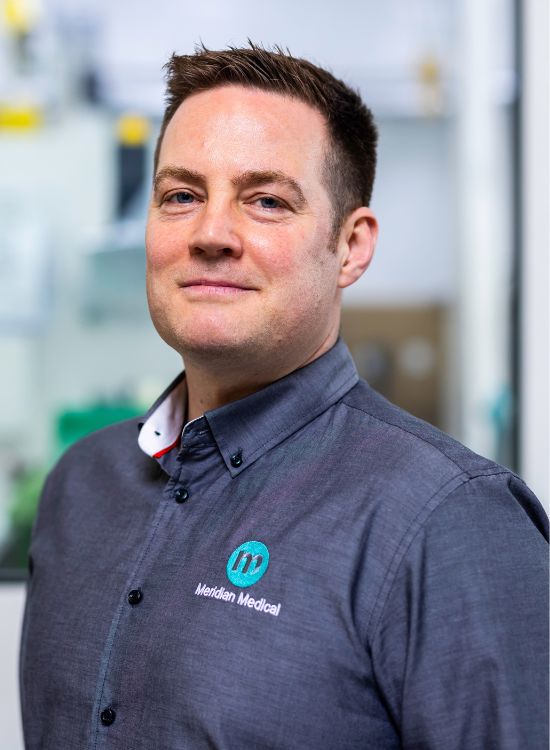
Author: James Fenton, Managing Director
James Fenton, Managing Director of Meridian Medical since 2017, has over 20 years of industry experience. He has been pivotal in developing and producing over 500 types of single-use medical devices, including CE-marked class 2 and 3 devices. With a strong focus on business strategy, project management and customer support, James ensures Meridian Medical's agility and innovation. His expertise is backed by qualifications in Business Studies and Medical Process and Equipment Validation, plus extensive industry training. James's insights into the industry that he has dedicated his entire career to provide a bank of invaluable information aimed at increasing knowledge of and driving advancements in medical device manufacturing.

